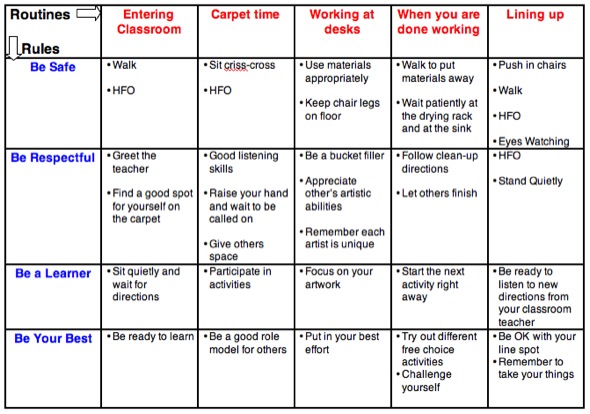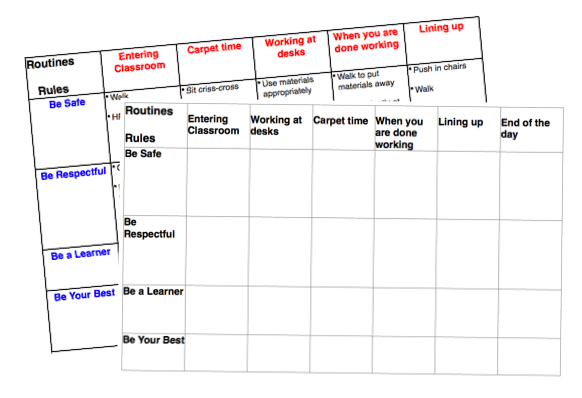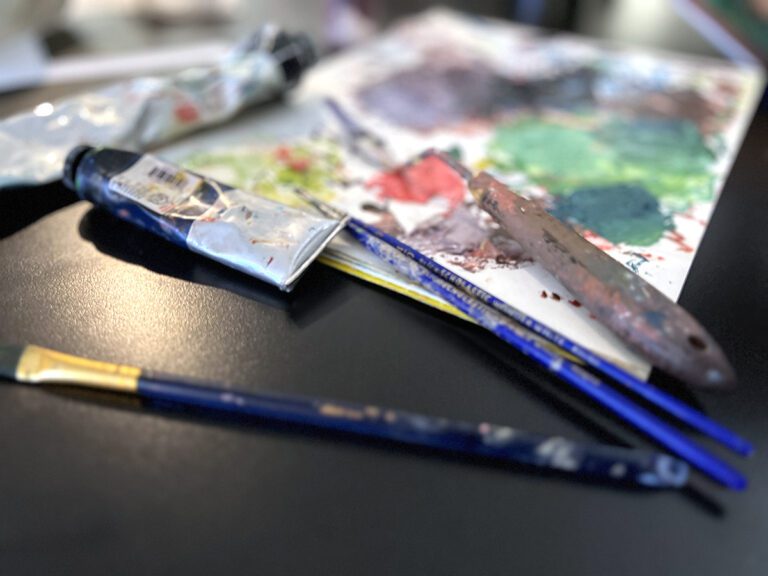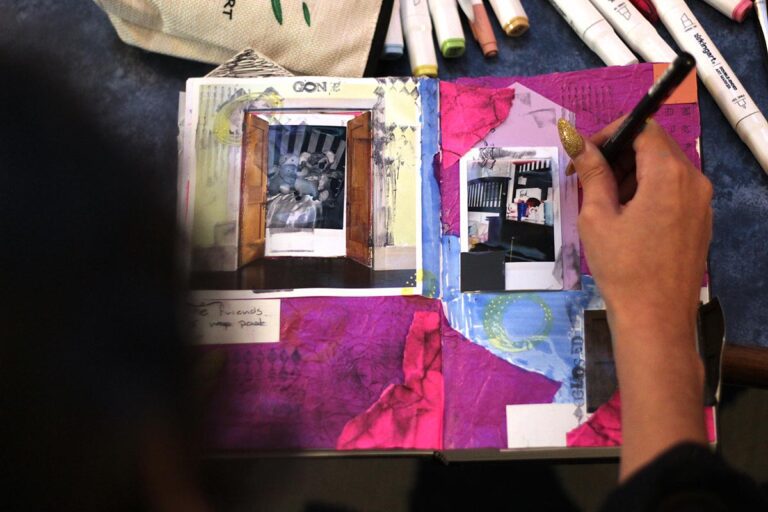When implementing your classroom management plan, do you ever hear, “But Mr./Mrs. So-and-So doesn’t make me do that!” or, “That’s not how we do it in our classroom!” As an art teacher, trying to keep up with twenty different sets of rules, while trying to enforce my own in the art room, is enough to make me want to hide in the teachers’ lounge and never come out.
That’s why I’m so excited about this upcoming school year.
For the first time at my school, each teacher will post a similar behavior matrix in his or her classroom.
Notice how I didn’t say the same matrix. Of course, students are expected to do different things in their classroom than in the gym or in the art room. However, the core of these matrices will remain the same so that expectations are consistent for students throughout the school.

I recently got together with my specials team to hash out what the matrix will look like for students coming to specials.
We felt it was important to meet as a team so that students would see consistent language and expectations across all of our subjects.
Here is what we came up with.
 You can get a copy that looks like mine, but in MS Word for you to personalize right here. If you’d like to share this with classroom teachers at your school, you can download a more generic template here. If you teach Middle School or High School, expectations might look different, but a matrix can still be helpful once you tweak it to fit your needs.
You can get a copy that looks like mine, but in MS Word for you to personalize right here. If you’d like to share this with classroom teachers at your school, you can download a more generic template here. If you teach Middle School or High School, expectations might look different, but a matrix can still be helpful once you tweak it to fit your needs.
I love that the matrix clearly lays out what students are supposed to be doing during each part of class.
Our school rules are the “Brooklyn B’s”: Be Safe, Be Respectful, Be a Learner, Be Your Best. You can put your own school rules along the left edge. The top lists each part of art class. The matrix works like the game Battleship. For example, to see how to Be Respectful while Lining up, find where the two categories intersect to get the answer, “HFO (Hands, Feet, and Objects to yourself)” and “Stand Quietly.”
Here are a few notes about the language you see in the matrix.
- When creating the matrix, we made it a point to use positive language only.
So, instead of saying, “Don’t talk in line” we chose to say, “Stand quietly.” A positive statement gets better results, as it indicates exactly what the student is supposed to do, instead of ruling out what they are not supposed to do. - As part of our school-wide PBIS system, we have implemented the language HFO, which means “Hands, Feet, and Objects to yourself.”
Whenever a student isn’t respecting another student’s space, we just say HFO as a reminder. Quick and easy! - We are a “bucket filling” school.
You can learn more about this PBIS strategy here.
Even if you don’t use the matrix in your classroom, filling it out can be a great way to work through your expectations for students during each part of art class. I plan to make my matrix into a big poster and hang it on my wall so that the students and I can reference it all throughout the year.
Does your school have a school-wide set of rules? What are they? Do they work?
What are some management tricks you might have specifically for Middle School or High School Art you would add to your matrix?
Magazine articles and podcasts are opinions of professional education contributors and do not necessarily represent the position of the Art of Education University (AOEU) or its academic offerings. Contributors use terms in the way they are most often talked about in the scope of their educational experiences.




